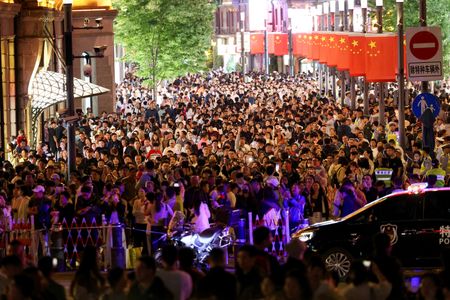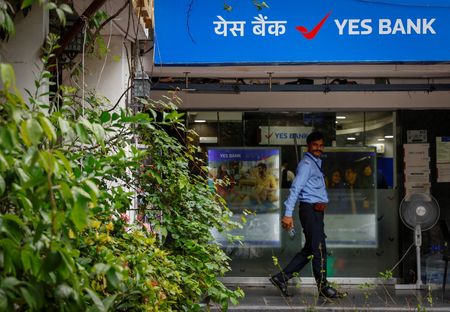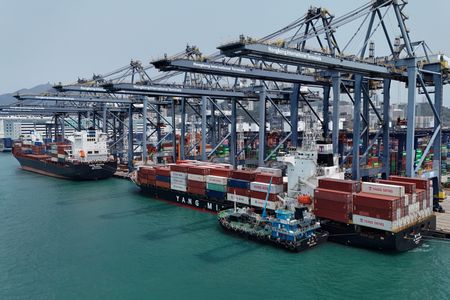HONG KONG (Reuters) -Hong Kong’s de-facto central bank stepped into the foreign exchange market on Tuesday as the currency hit the top end of its band for a fourth time this month, spurred by a broader selloff in the U.S. dollar against several low-yielding currencies.
The Hong Kong Monetary Authority bought $7.8 billion (HK$60.5 billion) against the Hong Kong dollar on Tuesday, and has been intervening since May 2 as the currency repeatedly hit 7.75, the upper limit of its peg to the U.S. dollar.
The Hong Kong dollar is pegged to a tight band of between 7.75 and 7.85 versus the U.S. currency.
The surge in the Hong Kong dollar mirrors moves in other Asian currencies, particularly the Taiwan dollar which rose an unprecedented 8% over two sessions to reach three-year highs.
While analysts have found it difficult to determine a precise reason for the rally, they point to the progress in Sino-U.S. trade talks and a general loss of faith in the U.S. currency and its debt as possible triggers for investors rushing to unwind carry trades and buy back home currencies.
The Taiwan dollar’s upsurge followed the end of U.S.-Taiwan trade talks in Washington, sparking speculation of some kind of soft agreement between governments to weaken the U.S. dollar in return for trade concessions. Taiwan officials have said currencies were not part of the talks.
The HKMA intervention to defend the peg has implications for monetary settings in the Hong Kong economy. The aggregate balance, the key gauge of cash in the banking system, will increase to HK$161 billion on May 7, nearly four times the HK$44.6 billion on Tuesday.
(Reporting by Jiaxing Li and Vidya Ranganathan; Editing by Muralikumar Anantharaman and Shri Navaratnam)











